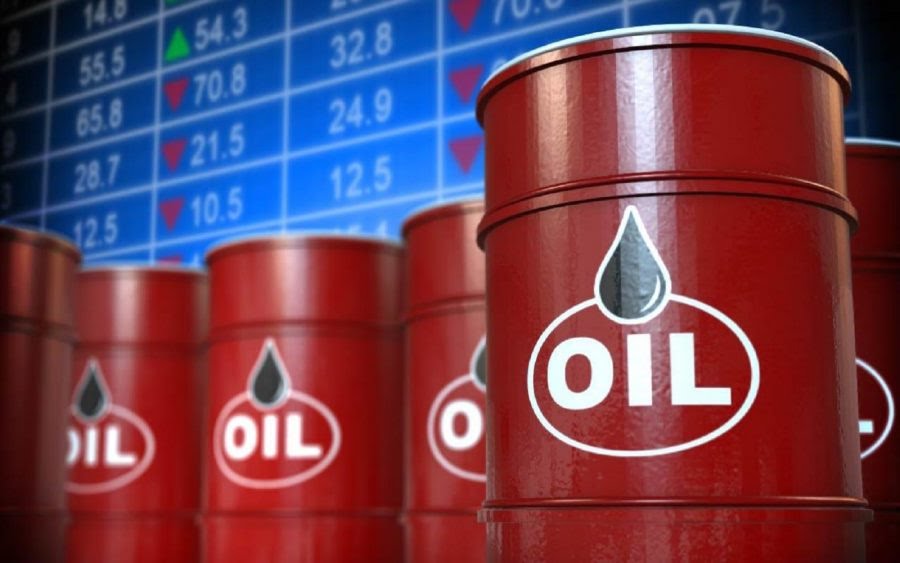Oil prices rose more than 1% on Wednesday after the European Union agreed an additional round of sanctions threatening Russian oil flows, while a larger-than-expected build in U.S. fuel stockpiles last week capped the gains.
Brent crude futures were up 88 cents, or 1.22%, to $73.07 a barrel by 11:22 a.m. ET. U.S. West Texas Intermediate crude futures rose $1.09, or 1.59%, to $69.68.
European Union ambassadors agreed on Wednesday to a 15th package of sanctions on Russia over its war against Ukraine, the Hungarian EU presidency said.
“I welcome the adoption of our 15th package of sanctions, targeting in particular Russia’s shadow fleet”, European Commission President Ursula von der Leyen said on X.
The “shadow fleet” has aided Russia in bypassing the $60 per barrel price cap imposed by the G7 on Russian seaborne crude oil in 2022, and has helped keep Russian oil flowing.
U.S. crude futures rose more than $1 per barrel after the sanctions were announced.
“The renewed seriousness about clamping down on flows here is potentially supportive, and is offseting the traditional demand metric that we have been focusing on,” said John Kilduff, partner at Again Capital in New York.
Curbing price gains on Wednesday, gasoline and distillate inventories rose by more than-expected last week, according to data from the Energy Information Administration, weighing on crude prices.
Meanwhile, producers’ group OPEC cut its forecasts for demand growth in 2024 and 2025 for the fifth straight month on Wednesday and by the largest amount yet.
“OPEC are squaring up to reality about what they are facing, the (demand growth forecast) cuts highlight that they have their hands full in terms of trying to balance this market heading into 2025,” Again Capital’s Kilduff added.
OPEC+, which groups members of the Organization of the Petroleum Exporting Countries with other producers such as Russia, earlier this month delayed plans to start raising output.
Weak demand, particularly in top importer, China, and non-OPEC+ supply growth were two factors behind the move.
However, investors anticipate a rise in Chinese demand following Beijing’s latest plans to boost economic growth.
China said on Monday it would adopt an “appropriately loose” monetary policy in 2025 marking the first easing of its stance in 14 years.
“While past efforts have focused on sectors like electric vehicles and infrastructure, there are expectations that China may shift toward policies to boost consumer spending…this has sparked optimism in the oil market,” said Li Xing Gan, financial markets strategist consultant to Exness.
Chinese crude imports also grew annually for the first time in seven months in November, up more than 14% from a year earlier.
Meanwhile the Kremlin said that reports of a possible tightening of U.S. sanctions on Russian oil suggested the administration of U.S. President Joe Biden wants to leave a difficult legacy for U.S.-Russia relations.
Treasury Secretary Janet Yellen said on Wednesday that the U.S. is continuing to look for creative ways to reduce Russia’s oil revenue and lower global demand for oil creates an opportunity for more sanctions. Reuters

